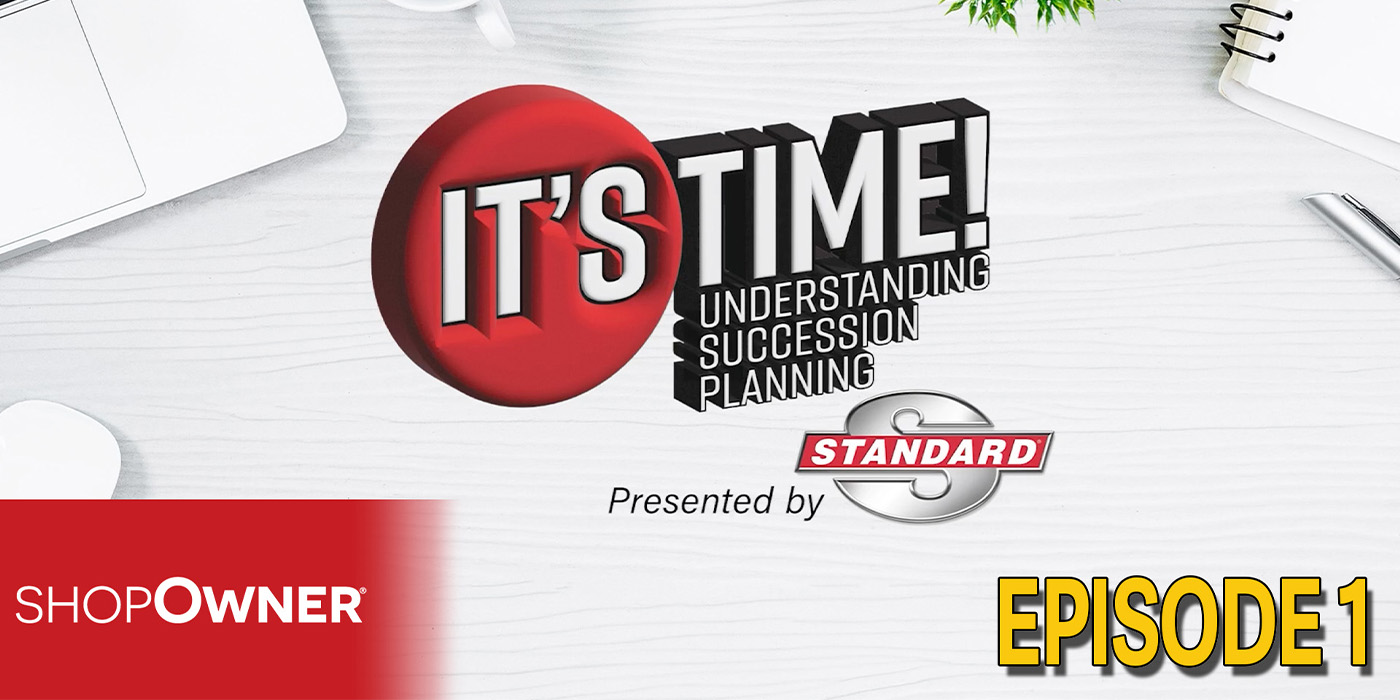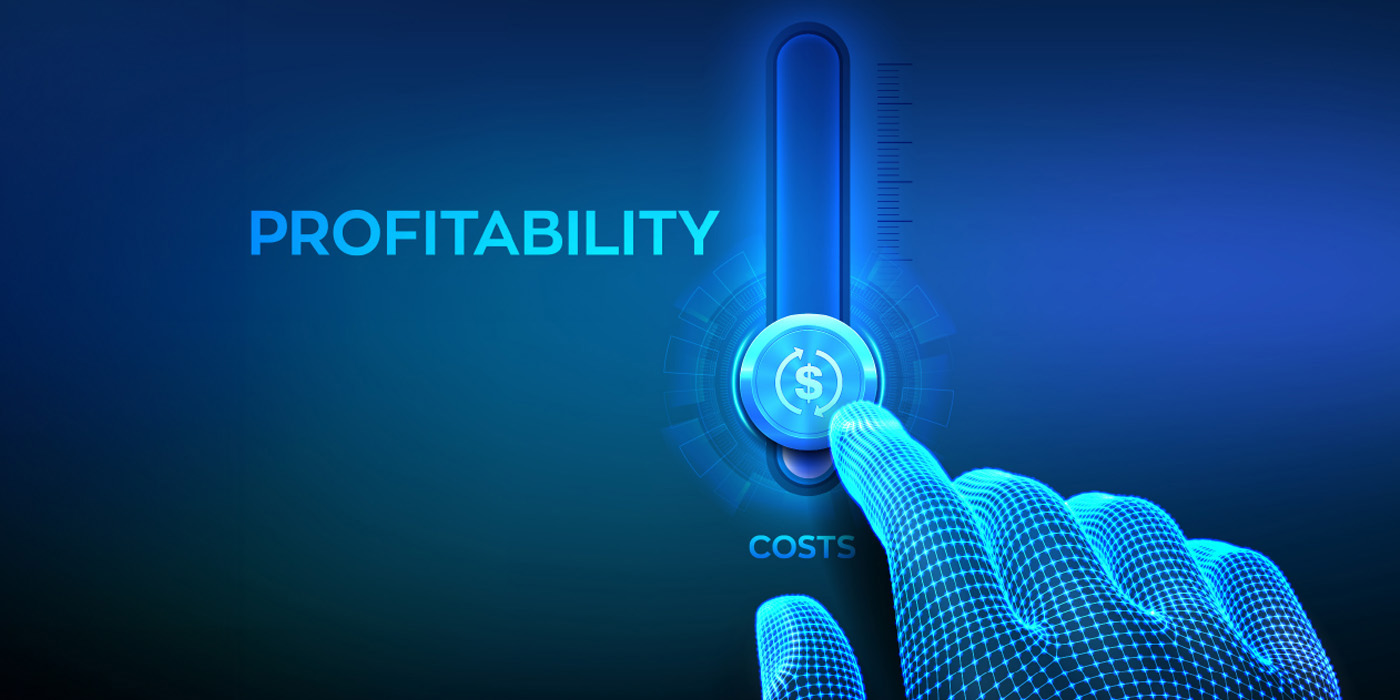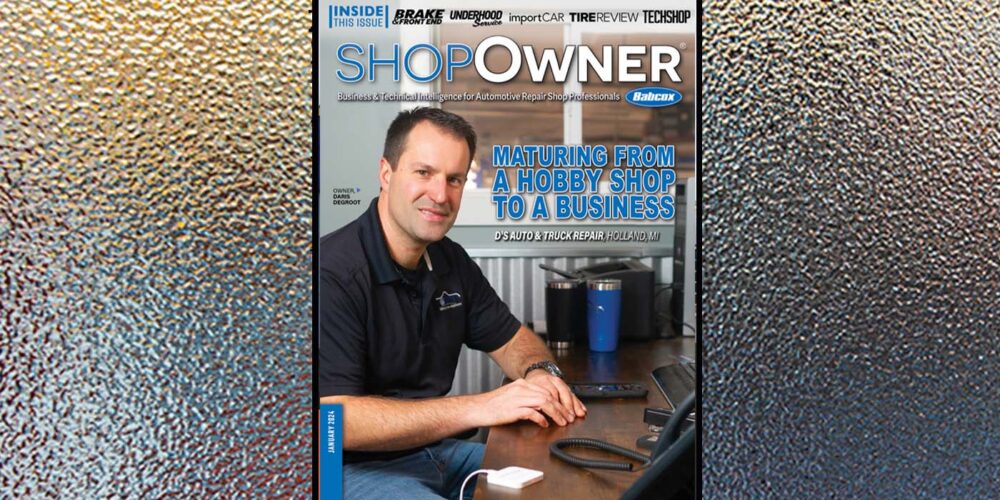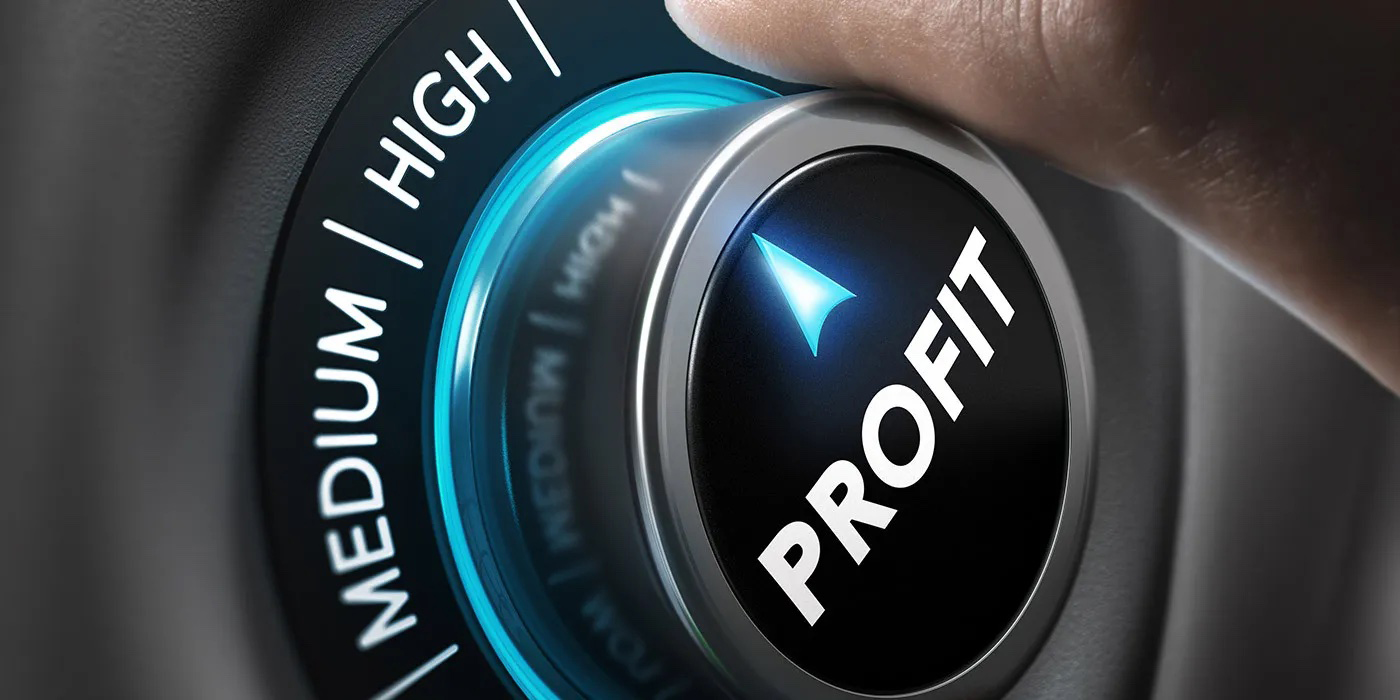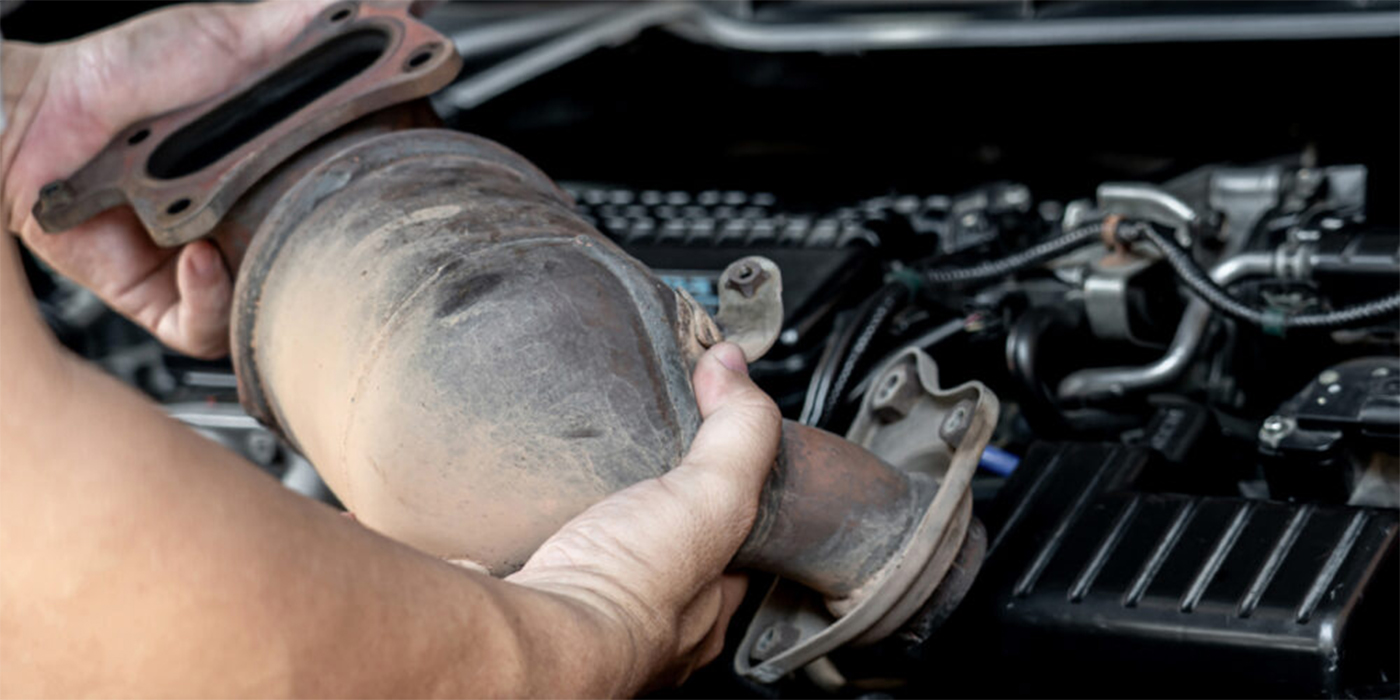Prior to the COVID-19 pandemic, the automotive aftermarket appeared to be poised for another strong year, buoyed by a convergence of tailwinds – low unemployment, falling gas prices and a growing and aging vehicle parc. But the coronavirus outbreak has altered the economic landscape, leading to fears that business closures and stay-at-home orders could trigger a recession.
This was the backdrop for the latest installment of the popular “Three Dragons” debate, which was part of the AASA 2020 Vision Conference. In the March 25 virtual session, a trio of panelists offered their opinions on what the aftermarket – and the overall economy – might look like in a post-coronavirus environment, and how fast the economy might recover.
Brad Smith, vice president of automotive market insights & product management at Experian, said it was too early to make any predictions when the panel convened in March, because it wasn’t clear how long the economy would be on pause.
As he looked at the aftermarket’s near-term prospects, however, he saw “a tale of two cities.” On the one hand, U.S new-vehicle registrations “are sure to decline” from 2019 levels. On the other hand, Smith saw “immediate opportunities” for the aftermarket to support businesses that remained open, such as health care providers and food suppliers.
Bill Strauss, a senior economist and economic advisor at the Federal Reserve Bank of Chicago, views the economy from two vantage points: “BC” (before the coronavirus) and “AD” (after the disease started spreading).
Prior to the COVID-19 pandemic, all of the available economic data through February showed a U.S. economy that was humming along, Strauss noted. At the end of February and accelerating through March, however, there was “a very sharp change” in business activity.
Strauss emphasized that since the slowdown wasn’t triggered by any economic factors, “we need to treat this in a different way.”
“All in all, most of our economy seemed to be very solid and on very decent footing,” Strauss said. “ … I guess a better way of thinking about this is kind of like a massive snowstorm that has basically shut down operations, and when that snowstorm is over, the U.S. will come back and will come back to doing business.”
When the economy fully reopens, Strauss is optimistic about the speed of the recovery.
“When we get back to business – as long as we don’t have a tremendous loss of business through this decline – I’m fairly confident that we’re going to come back in a very, very solid way, and perhaps with a nice bounceback beginning as soon as this … coronavirus gets to a point where we can function,” Strauss asserted.
Simeon Gutman, an executive director at Morgan Stanley, was sanguine as well. When asked if it’s more likely that we’ll see a post-coronavirus bounceback or a lengthy recession, Gutman answered: “We think it’s a bounceback. And it goes back to the health of the consumer going into it.”
That said, at press time, Morgan Stanley economists saw things getting worse before they got better. As of March 25, they were predicting second-quarter U.S. GDP growth of minus 8.2%, global GDP growth of minus 2.1% and unemployment peaking at nearly 13%.
The Investor’s Perspective
At press time, the coronavirus had walloped global financial markets. However, tough times are when aftermarket stocks shine, Gutman noted.
Aftermarket stocks are considered “traditional defensives,” and investors tend to favor them during recessionary environments, he explained. Gutman said that applies to publicly traded aftermarket suppliers as well as the retailers.
At press time, Morgan Stanley economists were forecasting third-quarter global GDP growth of 1.3% and U.S. GDP growth of minus 2.6%. If the economy indeed rebounds in the third quarter, Gutman said investors might shift to “cyclical” stocks – a cohort that includes names such as Home Depot, Lowes, Target, Best Buy and Tractor Supply Co.
“The reality is the longer the recessionary phase exists – if you look back historically – the longer that actually favors the outperformance for the aftermarket stocks,” Gutman said. “I’m not saying we want that … but I think the longer that recessionary phase lasts, the better it is [for aftermarket stocks].”


